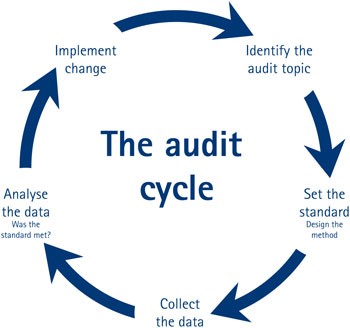
Intelligent Assessment and Evaluation - 5 days The best education coures
Risk Based Internal Auditing (RBIA) is a methodology that enables internal audit to assess the adequacy of the assurance framework and the reliability of assurance sources. It requires an internal audit to be strategically and operationally linked to the business risk and assurance frameworks. New skills are required to implement RBIA effectively and this course will provide comprehensive training on applying the methodology.
Read More: Istanbul Aydın University
Table of Contents
What Do Participants Learn Risk Based Internal Auditing course?
- Apply the key concepts of RBIA to your organization
- Link the organization’s risk management framework to each stage of RBIA
- Determine risk maturity and apply the relevant approach
- Understand how internal audit fits into your organization’s assurance framework and undertake an assurance mapping exercise
- Produce an RBIA plan
- Apply a risk-based methodology to internal audit assignments
- Provide meaningful assurance statements to your audit committee and board.
Who Should Attend Risk Based Internal Auditing?
- Heads of internal audit
- Internal audit managers
- Senior internal auditors
- Who is involved in planning and providing assurance on control and management of business risk

Risk Based Internal Auditing Course Outline
Section One
- Driving forces for a risk-based approach
- Overview of current guidance – RBIA stages
- Meeting board/audit committee requirements.
Section Two
- Sources of assurance to the board
- Mapping assurance sources
- Reviewing the adequacy of assurance
- Linking the internal audit plan into the assurance framework.
- What does good risk management look and feel like?
- Forming risk maturity opinions – where does your organization sit on the risk maturity continuum?
Section Three
- Internal audit planning case study
- Mapping risks, processes, business units and assurance
- Prioritising the focus of assurance (or what to audit with limited resources)
- Understanding the concept of risk appetite
- The involvement of management in the internal audit plan.
Section Four
- Determining the assignment scope
- Monitoring controls – the management role
- Reporting conclusions and agreeing on the action – a new approach.
Section Five
- Assurance statements from internal audit
- Making assurance statements meaningful and useful.
Contact information:
Mobile: 00905340789498 – Whatsapp + Viber
Email
[email protected]
[email protected]
To communicate in Arabic:
You can view all programs through our website

 The Integrated Engineering Course in Oil and Gas – The best courses in Istanbul IBC25
The Integrated Engineering Course in Oil and Gas – The best courses in Istanbul IBC25  Logistics & Material Management – The best courses in Istanbul IBC40
Logistics & Material Management – The best courses in Istanbul IBC40  Warehousing And Materials Management – The Best 45-Training Course Istanbul
Warehousing And Materials Management – The Best 45-Training Course Istanbul  Purchasing and Materials Management – The Best 10-Day Training Course
Purchasing and Materials Management – The Best 10-Day Training Course  Finance for Non-Finance Professionals – Our Best courses 30
Finance for Non-Finance Professionals – Our Best courses 30